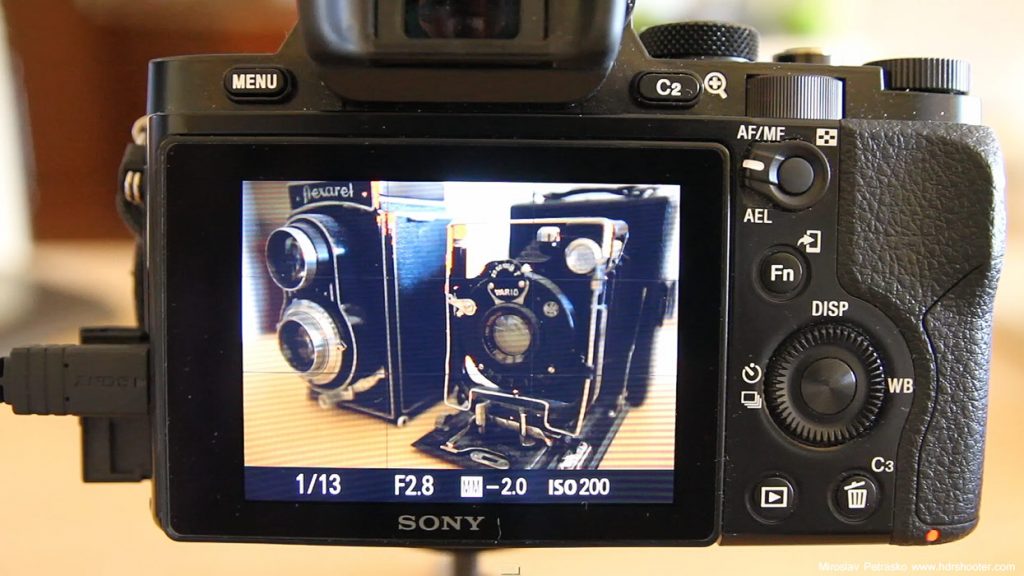 A little change to all the photos I took from under it :). It was actually lucky that I went to the bridge on last Friday, as it was a state holiday, so much fewer cars on the bridge, so much less shaking. Like that I even got longer exposures without any problems, which is usually quite hard from there.
A little change to all the photos I took from under it :). It was actually lucky that I went to the bridge on last Friday, as it was a state holiday, so much fewer cars on the bridge, so much less shaking. Like that I even got longer exposures without any problems, which is usually quite hard from there.
This is another one from my recent trend of doing more panoramic shots. I didn’t even use a panoramic head. You actually don’t need one all the time. If what you are shooting is far enough, or you have a uniform area close to you (road, pavement) where it easily can be blended, you can just do a panorama without it. You don’t even have to be that exact :) Here on the side you can see how this photo looked like put together, before all the needed cropping and correction.









 Today, I will show you how to take multiple brackets for HDR using the in camera auto exposure of the Sony a7R, and also how to do it manually, by changing the shutter speed on the camera.
Today, I will show you how to take multiple brackets for HDR using the in camera auto exposure of the Sony a7R, and also how to do it manually, by changing the shutter speed on the camera.
